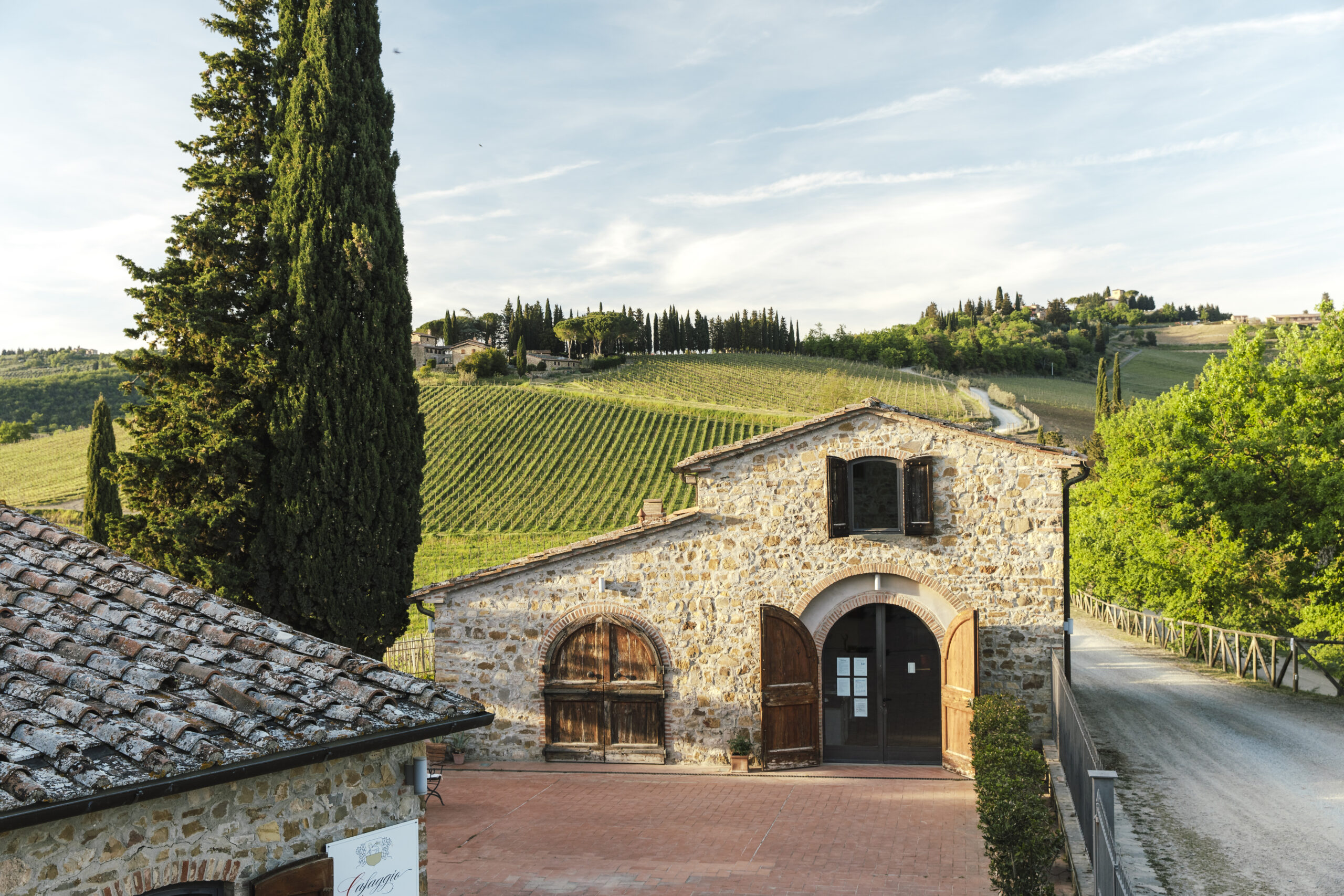To this day, no one can say with certainty who it was that coined the term “Super Tuscan.” Many theories as to the term’s origin have pointed to some of the great Italian wine writers of the 1990s and 2000s. But they all claim that they had nothing to do with it — beyond enjoying the wines themselves!
What we do know is that sometime in the 1990s, the term began to appear in magazines and books for the first time.
It was used to denote Italian wines made from international — as opposed to Italian — grape varieties like Cabernet Sauvignon and Merlot.
These wines didn’t fit into the official Italian appellation system because the varieties were not recognized as official grapes of Italy. As a result, they couldn’t be labeled as “DOC” or denominazione d’origine controllata (designation of controlled origin) wines. Instead, they were relegated to the lowest tier in the Italian appellation system: “Vino da Tavola” or “table wine.”

Inspired to give them a more fitting name and classification, someone along the way began calling them “Super Tuscans.” Today, most believe that the adjective “super” in this case wasn’t owed to the quality of the wines, although in many cases these were expensive, highly prized bottles. It’s probable that the originator of the term wanted to express the fact that they were “above and beyond” the Italian appellation system (in Latin, where the word originates, super means literally “above or beyond, higher in rank, quality, amount, or degree”).
Some of the more famous Super Tuscans were grown along the region’s coast. But many of them were also raised inland and especially in the Chianti and Chianti Classico appellations.
Historically, Villa Cafaggio, in the heart of Chianti Classico, was one of the producers of Super Tuscans. Its Basilica del Pruneto, a blend of Cabernet Sauvignon (75 percent), Merlot (20 percent), and Cabernet Franc (5 percent) is one of these.
This wine is farmed in one of Chianti Classico’s most famous vineyards in the heart of the Panzano commune.
The village of Panzano is one of Italy’s first “biodistricts” where all the winemakers and farmers (including Villa Cafaggio) follow organic practices in the vineyards and fields.
The area is also known for its elevation, the highest in Chianti Classic and ideal for the production of fine red wines thanks to the cooler temperatures and the ventilation, which help to keep the grapes healthy during hot summer months.
It’s also known for its clay and limestone soils, a key element for the production of fine red wines.
After vinification, the wine is aged in French barriques with moderate toasting that imparts just a touch of oak.
This is a classic Super Tuscan and one of the region’s most coveted and collected wines, a great addition to any cellar.






